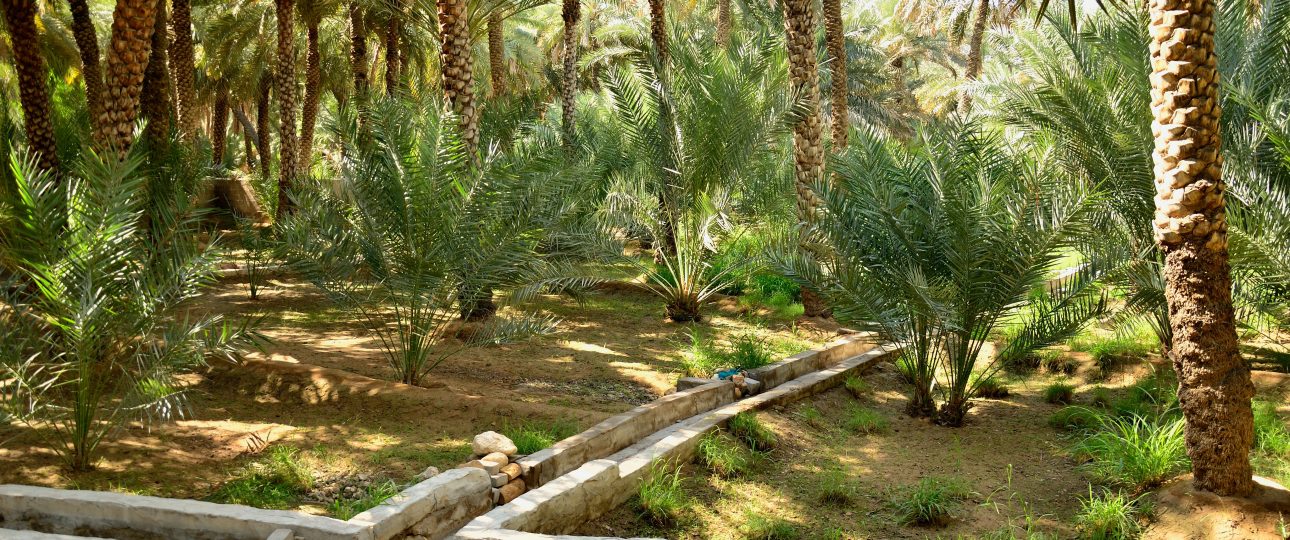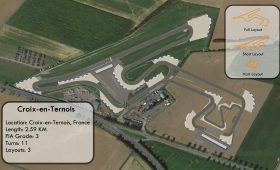Exploring Al Ain Oasis
Al Ain Oasis, located in the eastern region of the United Arab Emirates, offers a unique blend of natural beauty and historical significance. Covering over 1,200 hectares, this oasis is a testament to the ingenuity of the local community, featuring lush date palm plantations and an ancient falaj irrigation system. It’s a serene escape from the urban hustle, perfect for those seeking tranquility.
Historical and Cultural Insights
With a history stretching back over 4,000 years, Al Ain Oasis is a significant cultural landmark in the UAE. It has been a witness to the rise and fall of civilizations, making it a site rich in archaeological treasures. Visitors can explore ancient tombs, forts, and archaeological sites that offer a glimpse into the region’s storied past.
Walking Through the Oasis
Visitors to Al Ain Oasis can enjoy a network of walking trails that weave through the date palms. The shaded pathways provide a cool respite, especially when the sun is not directly overhead. As you stroll, take in the soothing sights and sounds of nature, and don’t miss the chance to photograph the stunning views of the oasis and the surrounding desert landscape.
Best Time to Visit
The ideal time to explore Al Ain Oasis is from October to April, when the weather is more comfortable, with temperatures ranging from 68°F to 86°F (20°C to 30°C). The summer months can be extremely hot, with temperatures exceeding 104°F (40°C), which can make outdoor activities challenging.
Getting There
While Al Ain has its own small airport, most international travelers arrive via Dubai or Abu Dhabi. From Abu Dhabi, Al Ain is about 140 kilometers away, and from Dubai, it’s approximately 100 kilometers. Buses are a convenient option, departing hourly from both cities and taking about two hours to reach Al Ain. The bus fare is 30 dirhams from either city, and the buses are clean and air-conditioned.
Local Transportation
Once in Al Ain, getting around is straightforward. Taxis are plentiful and relatively inexpensive. For a more budget-friendly option, the city’s public bus network is well-connected. Adventurous travelers might consider renting a bicycle to explore both the city and the oasis at their own pace.
Additional Attractions
- Jebel Hafeet: The second tallest mountain in the UAE, offering spectacular views, especially at sunset. The road to the top is a thrilling drive with several viewing points.
- Camel Souq: Located near the Meyzad border crossing, this market is a fascinating place to observe the buying and selling of camels. It’s open daily, and visitors should dress conservatively.
- Al Ain Museum and Fort: Situated on Al Ain Street, this fort once served as the headquarters for Sheikh Zayed. The museum provides insights into the region’s pre-UAE lifestyle.
- Hili Archaeological Park: A site of historical significance with ancient ruins and artifacts.
Al Ain also offers a variety of shopping experiences, from traditional markets to modern malls, and a diverse culinary scene that caters to different tastes and budgets. While the oasis and its surroundings provide a peaceful retreat, visitors should be prepared for the hot climate and plan their activities accordingly.




